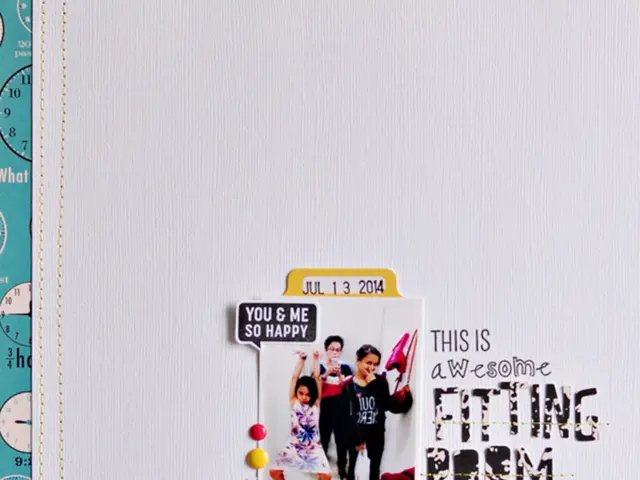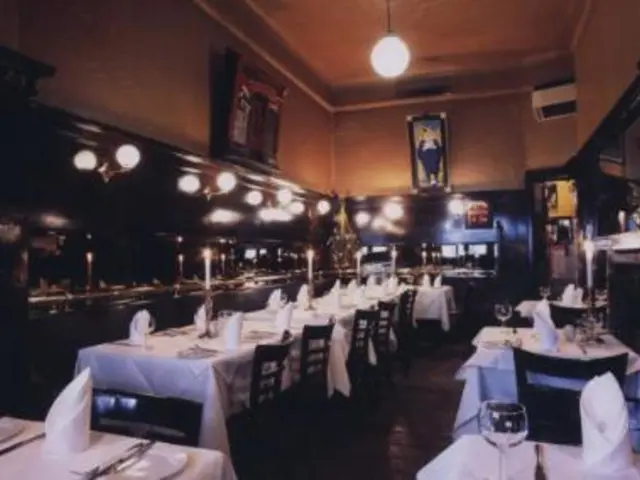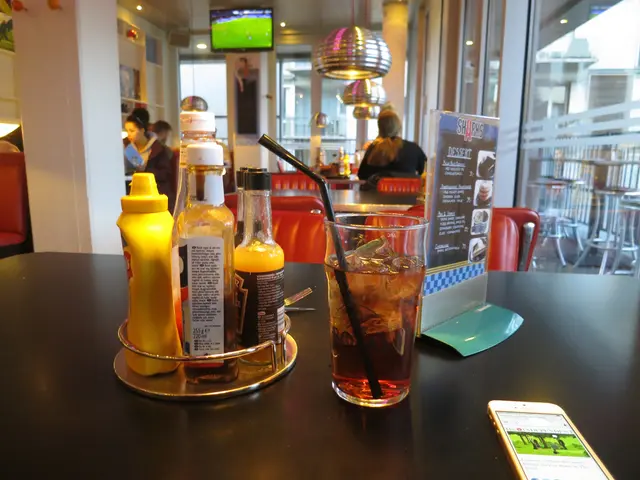Mixing Hues for Red: A Comprehensive Guide for Artists on Blending Colors
In the world of art, understanding and mastering the use of colours is crucial. One primary colour that holds a significant place in an artist's palette is red. This article offers a comprehensive guide on how to create different shades of red, tips for mixing and using red paints effectively, and some valuable insights for artists.
The Zorn Palette, a revolutionary set of paints consisting of titanium white, yellow ochre, vermilion, and ivory black, simplifies artists' colour mixing choices and enhances colour harmony. When creating different shades of red, it's essential to start with red as a base, as it is a primary colour in traditional painting and cannot be easily made by mixing other pigments.
To create warmer reds, add a bit of yellow to shift the red towards orange-red tones. This creates a rich, warm effect perfect for sunlit scenes or fiery elements. Conversely, to create cooler reds, add a touch of blue or magenta, which moves the hue towards purple-red or crimson, making the red appear cooler and more muted. Lighten red by adding white, resulting in pink or lighter skin-tone reds. Darken red by adding a small amount of black, which creates deep burgundy or shadow reds.
Tips for artists on mixing and using red paints effectively include using the most highly pigmented red paint as your starting colour to get the brightest and most vivid base red. Adjust the colour temperature of your reds by carefully adding yellow (for warmth) or blue/magenta (for coolness), but do so gradually to maintain control and keep the colour within the red range rather than turning it fully orange or purple.
When working with red in compositions, consider its complementary colour, cyan, to create strong contrasts that make reds pop visually. Combining warm and cool colours thoughtfully brings dynamic contrast and visual interest to your painting. For instance, using warm reds with cool greens or blues can make the reds stand out vibrantly.
Pay attention to the lighting conditions under which you paint or display your art, as light quality affects how warm or cool your reds appear. Experiment on your palette, mixing small amounts first, to explore the wide variety of reds possible from simple adjustments and to develop your personal approach.
In summary, create warm reds by adding yellow, cool reds by adding blue or magenta, and modify red’s value by adding white (lighter) or black (darker), always starting from a pure, quality red pigment. Use complementary colours for contrast and balance warm and cool tones in your artwork to keep your reds vibrant and expressive.
Choosing the right reds is important, understanding the difference between cool reds like alizarin and warm reds like cadmium is key. Observe how shadows affect the reds, and remember that consistent colour helps maintain quality in fine details. Test different blends in a sketchbook or palette sheet, and use a colour wheel to see how reds interact with other colours.
Pre-mixed red paints offer brightness and consistency, making them perfect for artists who need reliable colours. They ensure predictable results throughout a work, making them ideal for large areas due to quick coverage. Note the exact colours used, the ratio of each colour in the mix, and any tips or observations. Mixing reds with white for lighter shades can change the mood of your artwork, so it's essential to experiment and find the perfect balance.
Finally, keep track of successful mixes by writing them down in a notebook or digital app. Mixing reds can be a creative journey, and documenting your discoveries will help you recreate those perfect shades in the future.
- Diversifying one's palette can enhance the harmony of one's art, just as the Zorn Palette, which includes titanium white, yellow ochre, vermilion, and ivory black, simplifies the choices for artists.
- A collection of books on 'fashion-and-beauty', 'home-and-garden', or 'education-and-self-development' can serve as valuable resources for expanding one's knowledge and styles in various aspects of lifestyle.
- Creating a meal with 'food-and-drink' that features a mix of cool (purple-red) and warm (orange-red) reds, complemented by greens or blues, can result in an eye-catching and balanced presentation.




